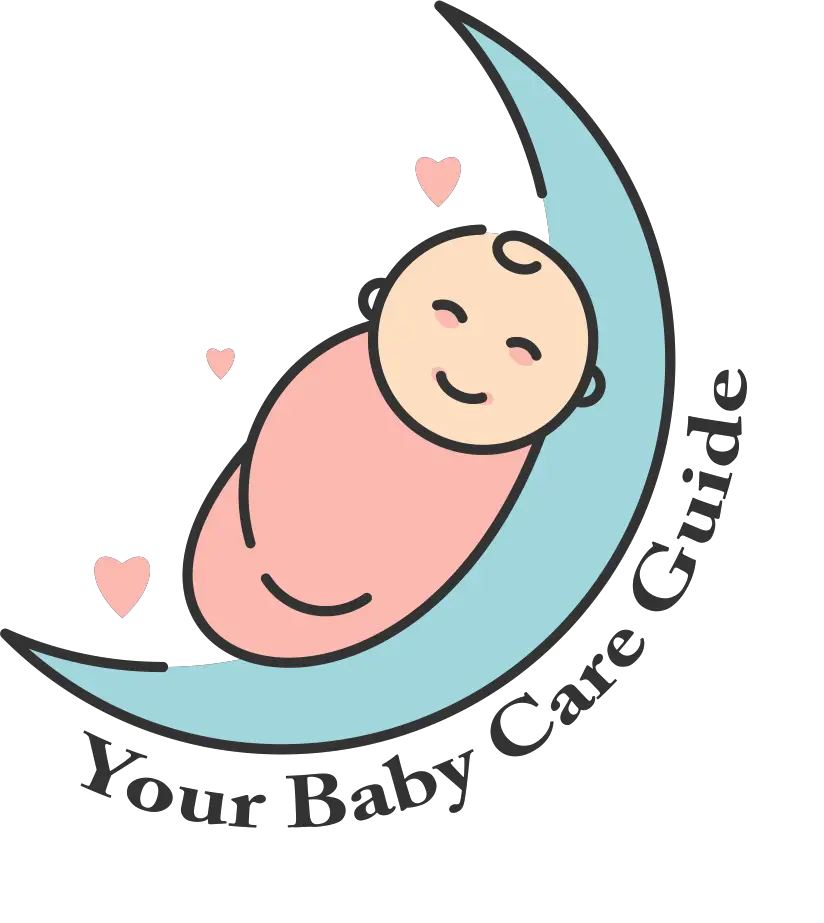It’s important to note that women who have mild autism may also pass this gene variant on to their children. However, the rate of autism in females is much lower than in males. The difference between the rates of autism in males and females is that women are thought to have the same genetic risk factors without showing signs of autism. However, the father’s genetic material could explain the difference between males and females with autism.
Researchers have focused most of their research on rare autism genes that have a low chance of causing the disorder. However, this study found that mothers with high polygenic scores also exhibited autism-related traits and pragmatic-language difficulties. In contrast, the fathers’ polygenic scores did not correlate with BAPQ scores. Previous studies have focused primarily on the father’s autism phenotype.
Read More: Where to Donate Baby Items
Researchers found that environmental factors and random mutations are responsible for a quarter of the risk. In addition to autism, the researchers also found that environmental factors and the genetics of parents of autistic children can increase a child’s risk for the disorder.
In this study, researchers found that mothers passed on 50% of the structural variants, and fathers passed on significantly more. The frequency of these genetic variants would have been expected by chance alone, but if fathers passed on a larger proportion, the chances of autism are much higher than 50%. This indicates that the fathers may have passed on risk variants in regulatory regions. During the study, the researchers also analyzed a larger group of 1771 families and found the same results, although the effect size was smaller.
The new study suggests that some children with autism may carry rare mutations in DNA segments flanking genes that control gene expression. While most studies blame mutations passed down from mothers for autism, this study is different. The researchers focused on DNA fragments that govern gene function and do not directly encode proteins. For example, these noncoding DNA variants are more likely to be passed down from a non-autistic father.
Another study at Duke University in the United States found that parents with an increased risk of autism may also have a lower heritability of the condition than children born in Nordic countries. The researchers also noted that the heritability of autism might be affected by culture, which influences the frequency of autism diagnosis. Furthermore, differences in screening for autism could also affect the heritability of the condition. In addition, the research did not identify whether the disorder is inherited from one parent or both.

